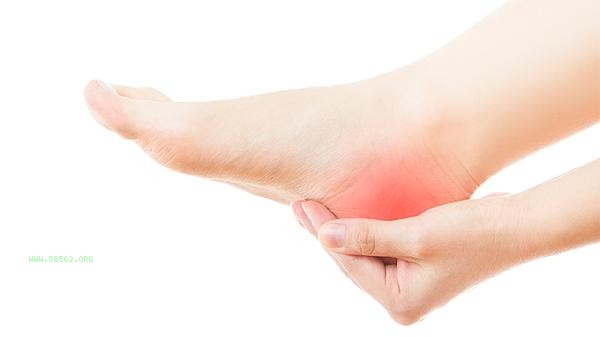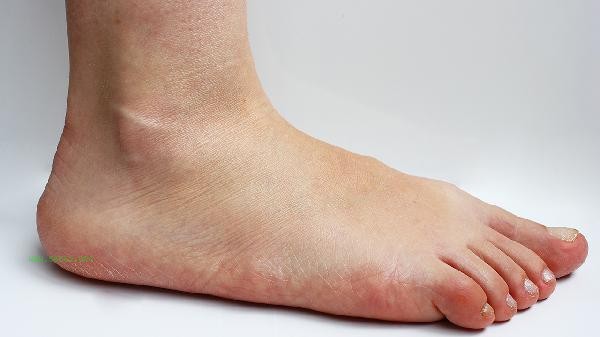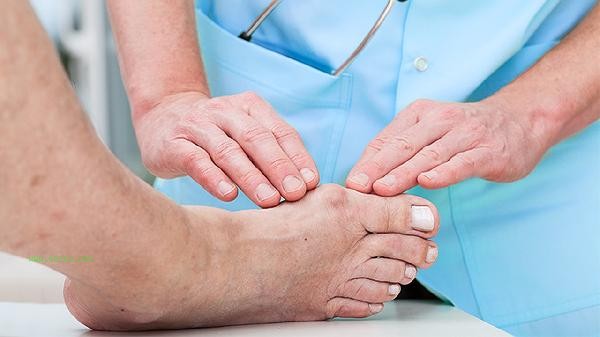Muscle pain caused by foot cramps may be due to calcium deficiency, excessive exercise, poor blood circulation, lumbar disc herniation, lower limb arteriosclerosis, and other reasons.

1. Calcium deficiency
Calcium ions participate in the process of muscle contraction. When the calcium concentration in the blood is insufficient, the excitability of the neuromuscular system increases, which can easily lead to spasms. Long term insufficient calcium intake or vitamin D deficiency can affect calcium absorption, manifested as nighttime leg cramps. Calcium rich foods such as dairy and soy products can be supplemented, and if necessary, calcium supplements such as calcium carbonate D3 tablets can be used under the guidance of a doctor.
2. Excessive exercise
When intense exercise leads to muscle fatigue, lactate accumulation stimulates the sensory nerve endings, while muscle fiber micro damage triggers an inflammatory response. Commonly seen after prolonged running, hiking, and other sports, it manifests as muscle soreness accompanied by occasional spasms. Timely stretching and local hot compress after exercise can alleviate symptoms. It is recommended to warm up thoroughly and control the intensity before exercise.
3. Poor blood circulation
Prolonged sitting and standing can obstruct venous return in the lower limbs, and local accumulation of metabolic waste may induce muscle spasms. Pregnant women and patients with varicose veins are more common, often occurring at night. Wear elastic socks, raise the lower limbs to promote blood flow, and engage in moderate activity to avoid maintaining the same posture for too long.

4. Lumbar disc herniation
Compression of nerve roots by intervertebral discs can cause radiating pain and muscle spasms in the lower limbs, often accompanied by symptoms such as lower back pain and leg numbness. Magnetic resonance imaging can provide a clear diagnosis. Mild symptoms can be relieved through traction and physical therapy, while severe cases may require treatment such as intervertebral foramen endoscopy.
5. Lower limb arteriosclerosis
Arterial stenosis causes insufficient blood supply to muscles, and ischemic pain and spasms during activity are called intermittent claudication. Patients with diabetes have a high risk. They need to control blood glucose and lipids, use lipid regulating drugs such as atorvastatin as instructed by doctors, and perform vascular stent surgery for severe stenosis.

It is important to maintain a balanced diet in daily life and supplement foods such as bananas and dark green vegetables that contain magnesium and potassium appropriately. Warm up and relax before and after exercise to avoid sudden increases in physical activity. Middle aged and elderly people are recommended to regularly check their bone density and vascular function. When experiencing cramps at night, they can try to stretch their muscles by lifting their toes. If symptoms such as repeated attacks or accompanied by edema, skin discoloration, etc. occur, seek medical attention promptly to investigate vascular and neurological disorders.








Comments (0)
Leave a Comment
No comments yet
Be the first to share your thoughts!